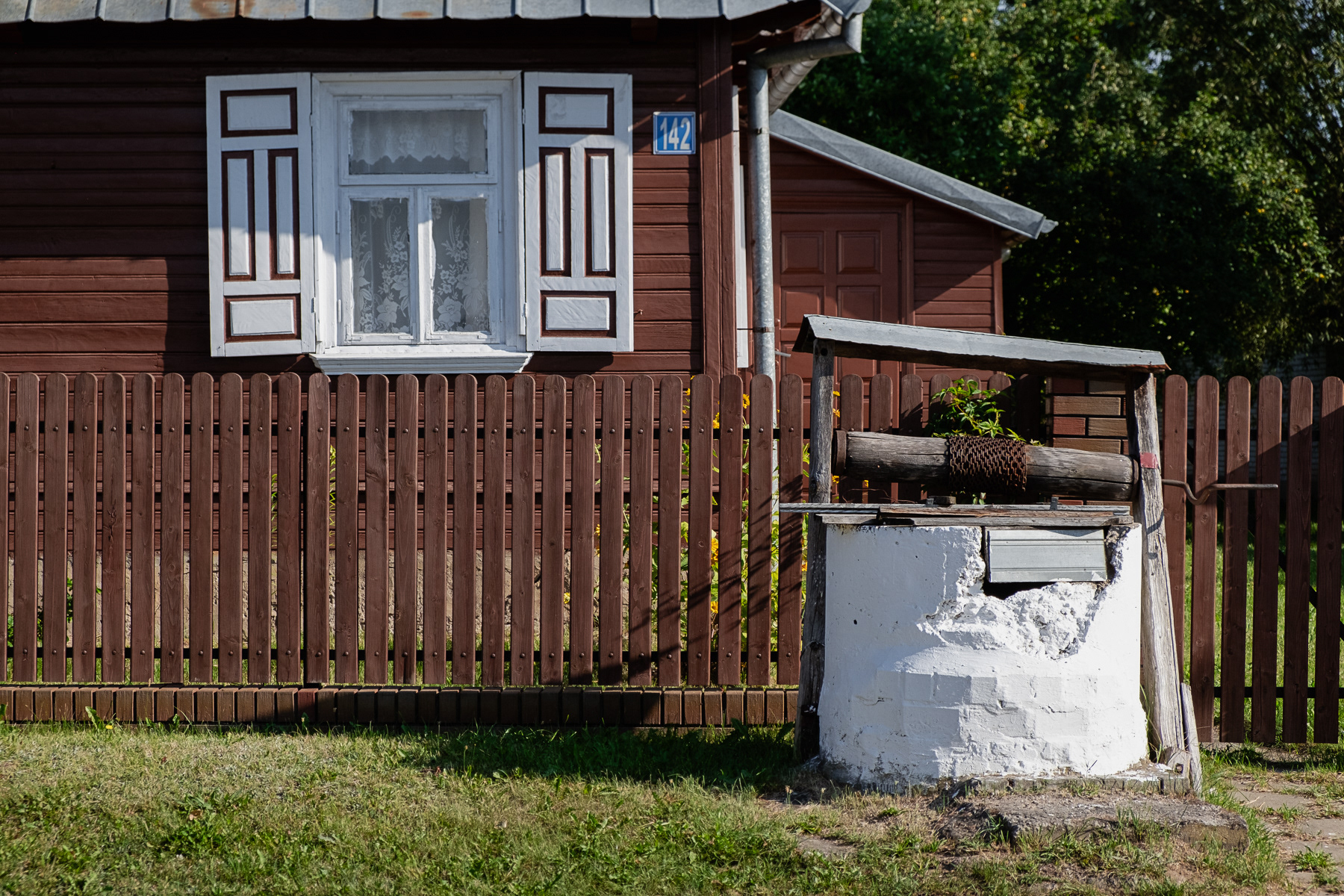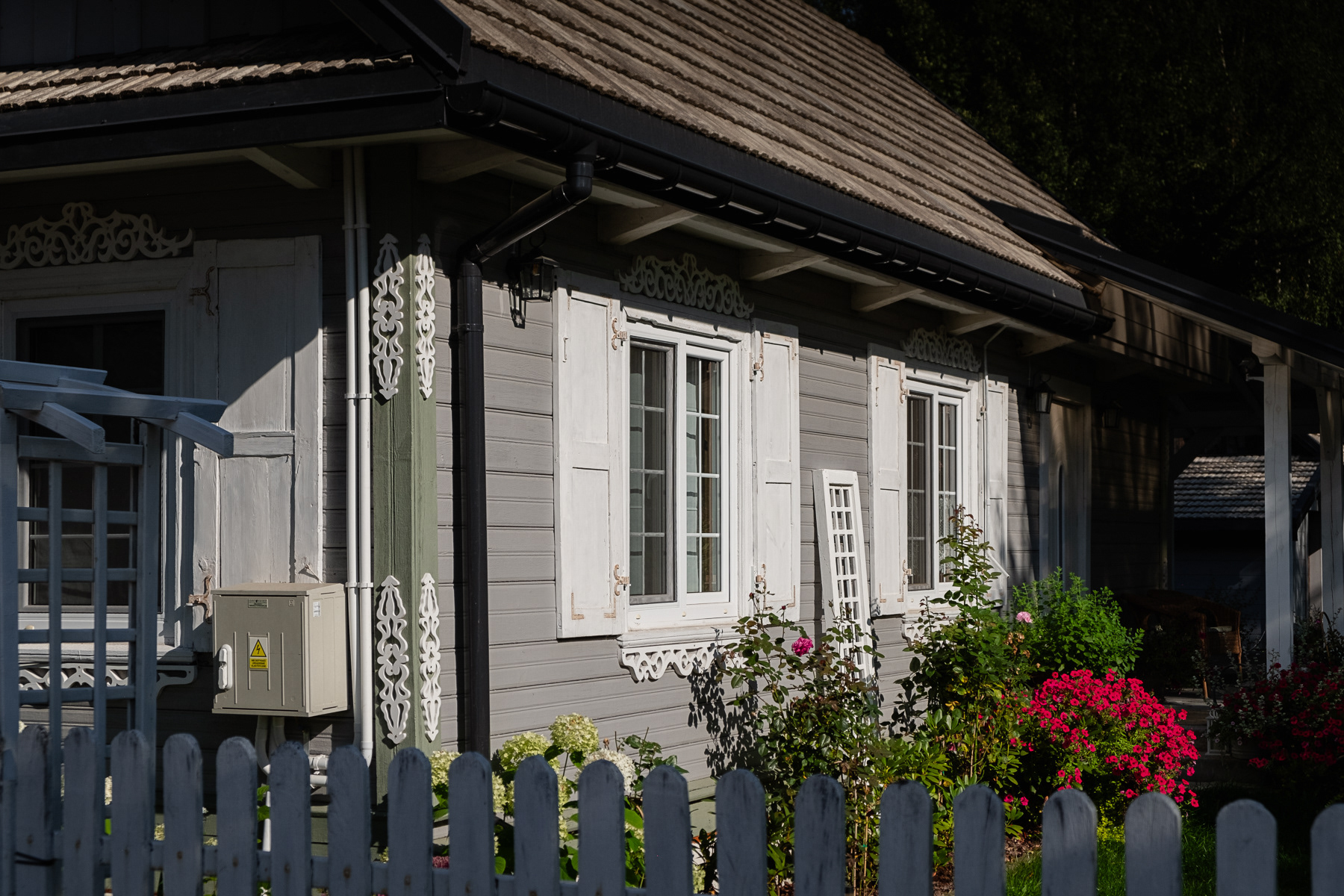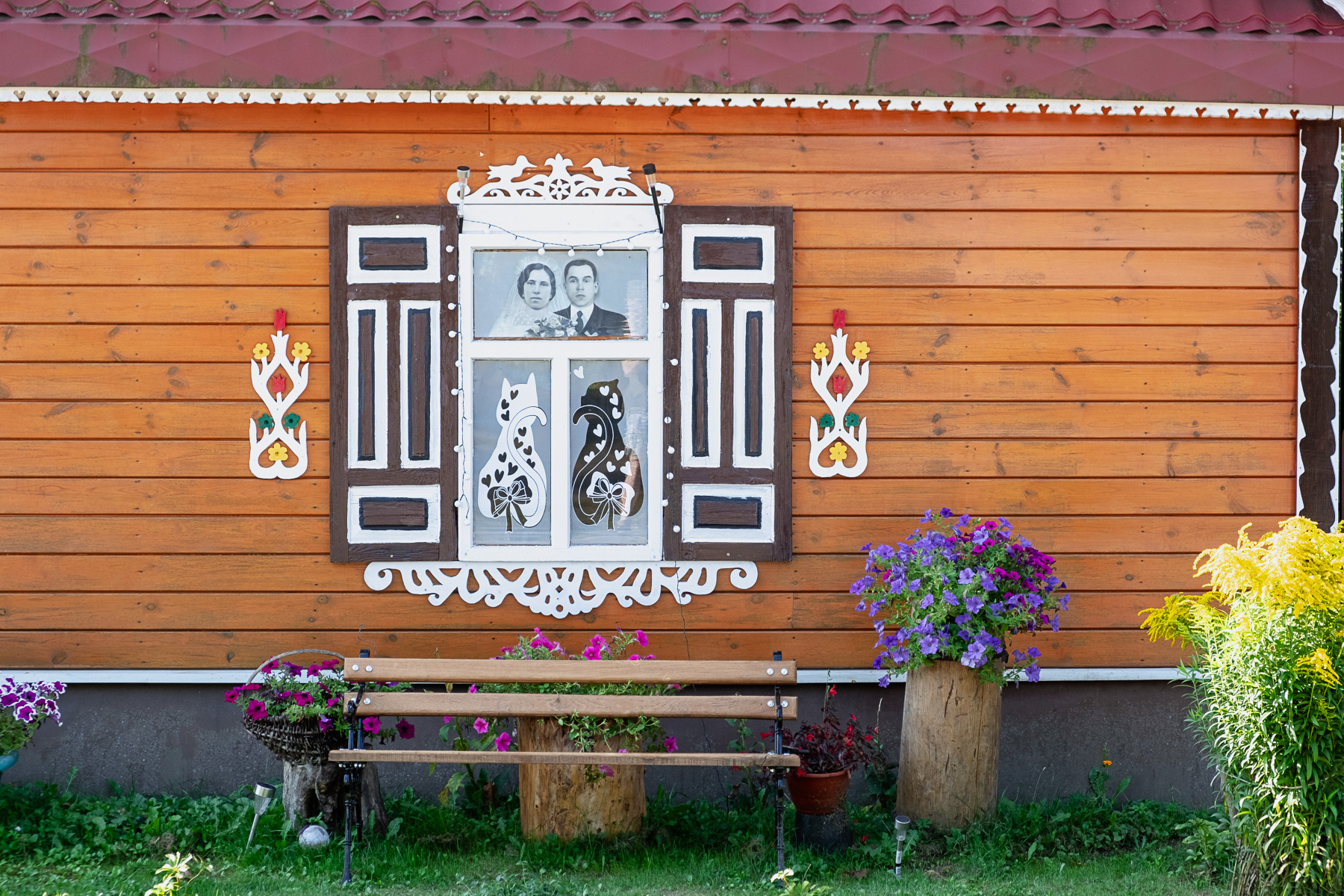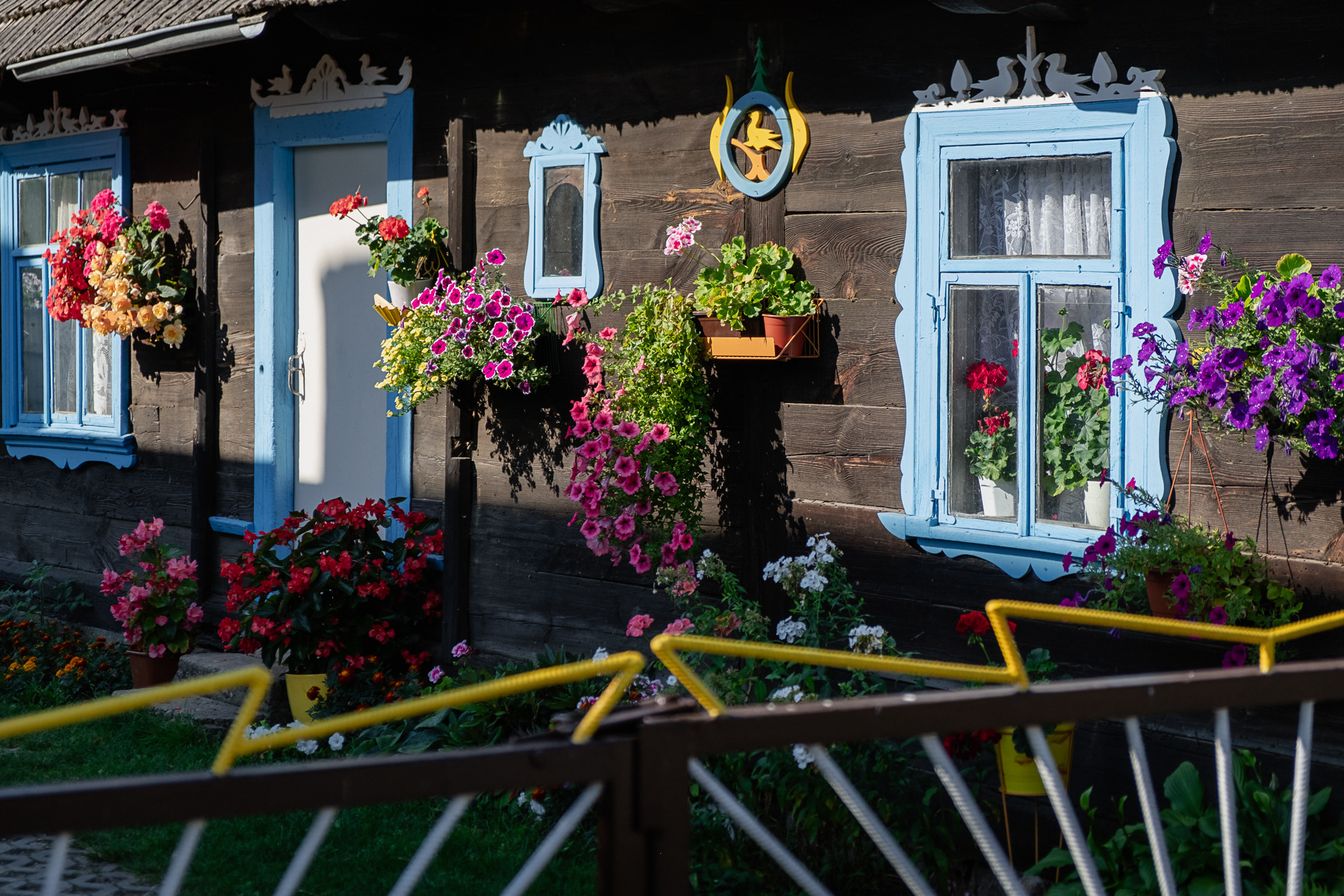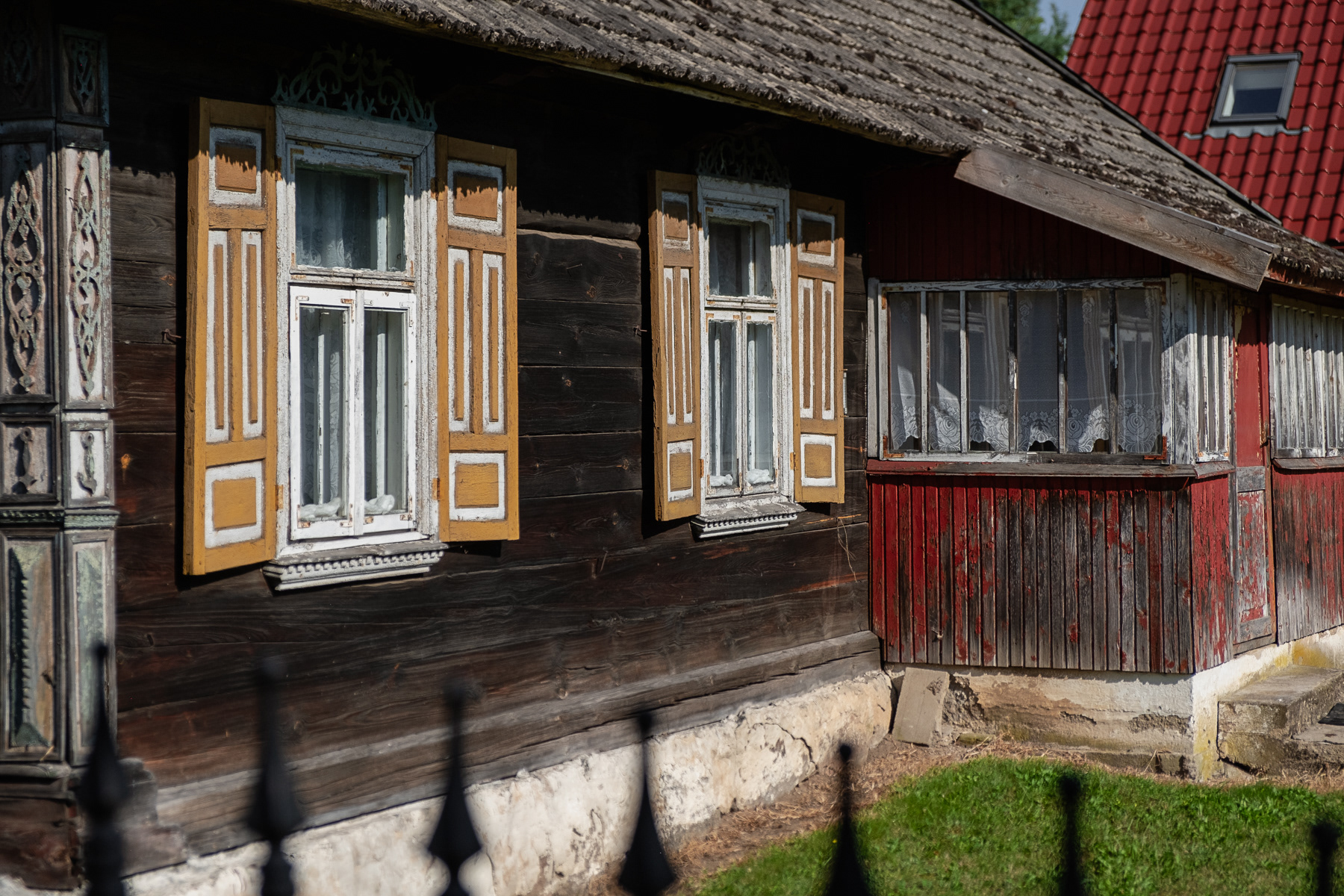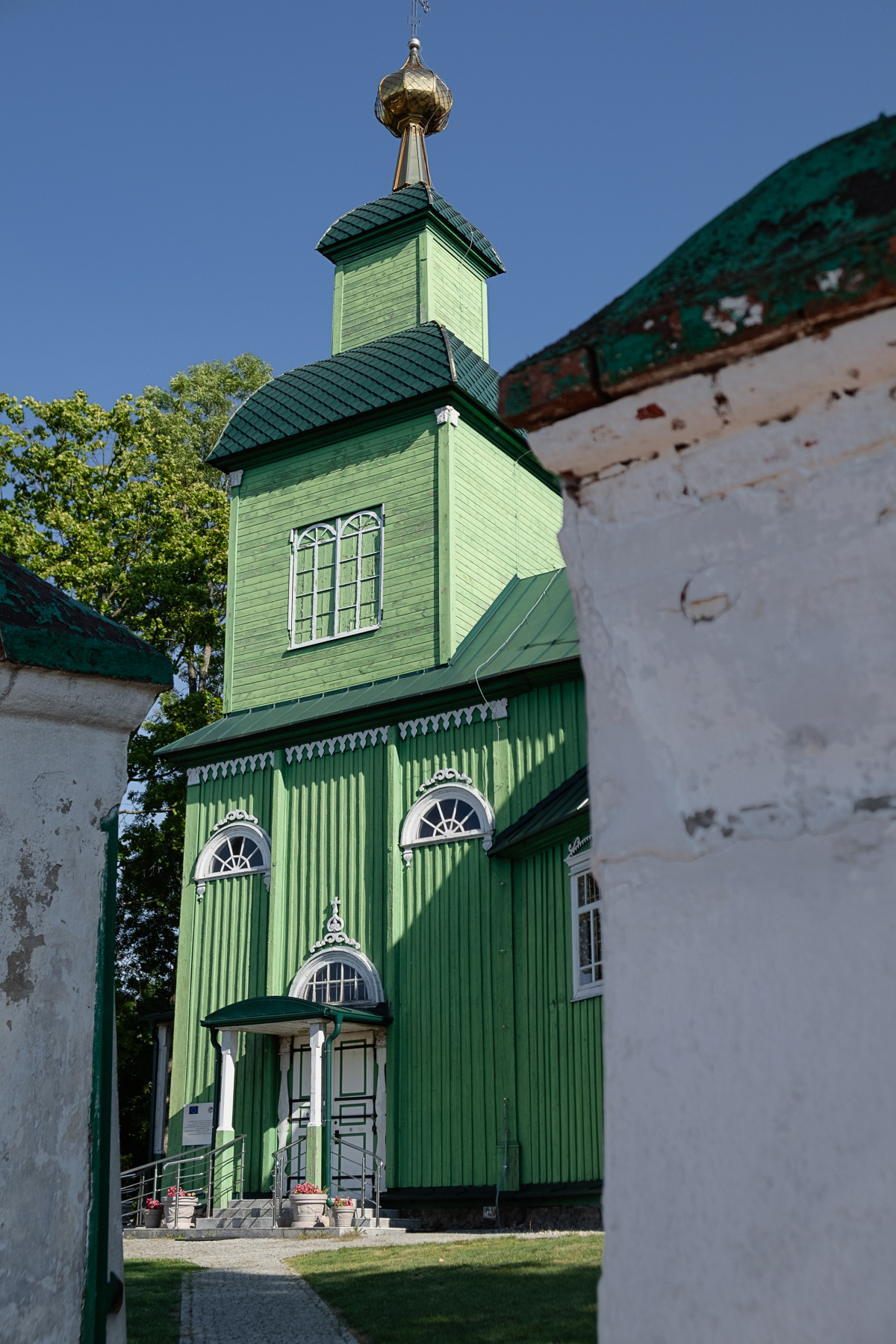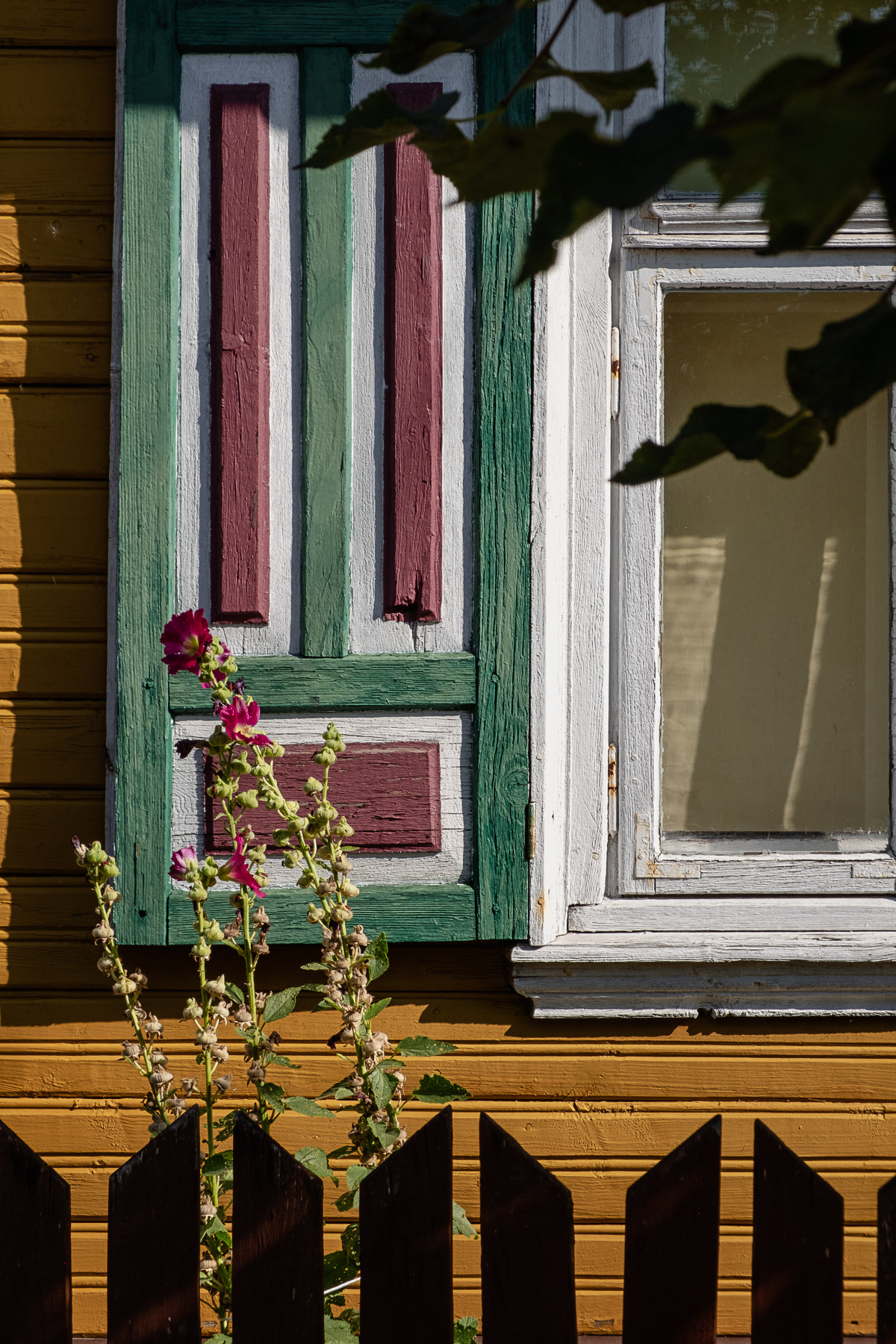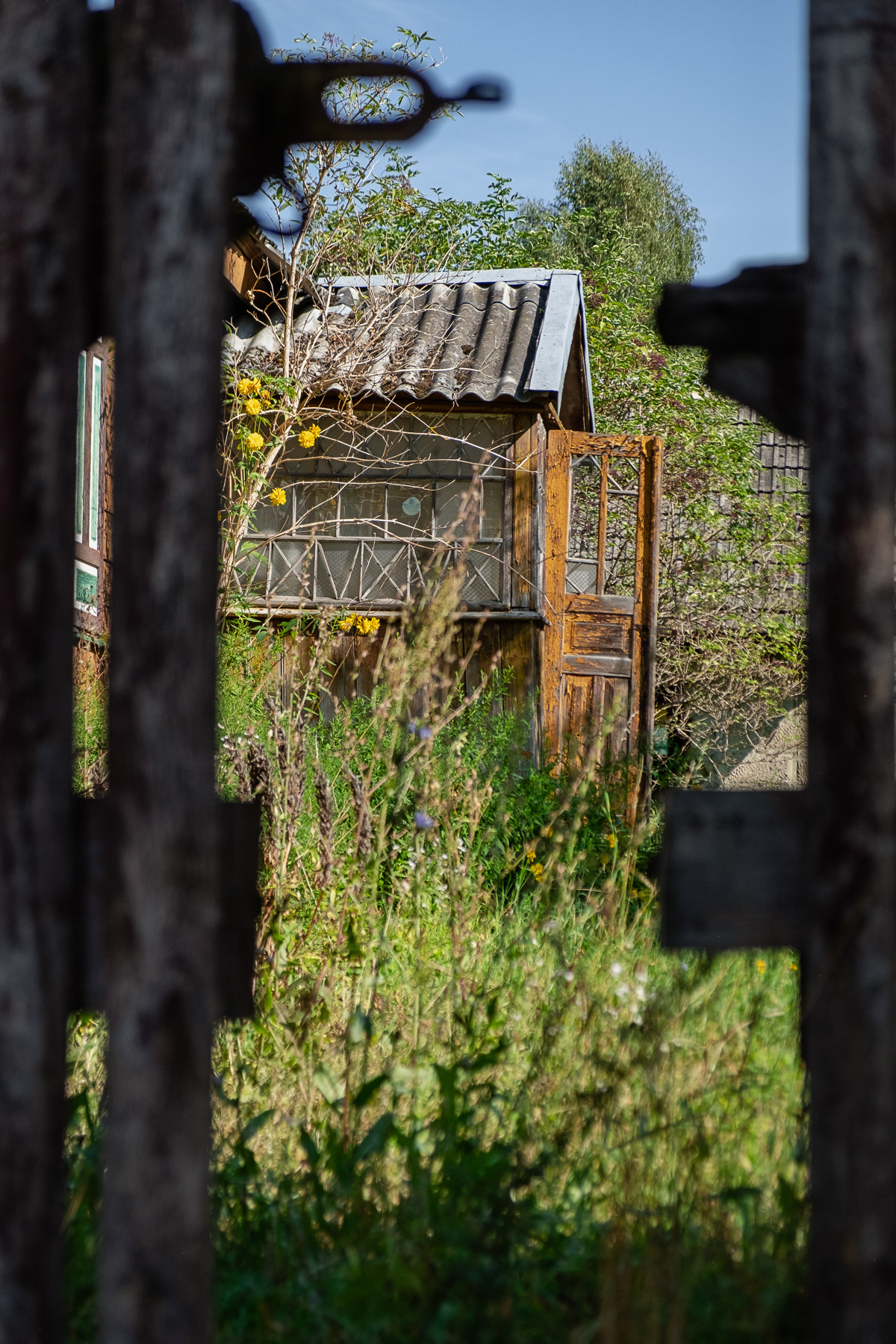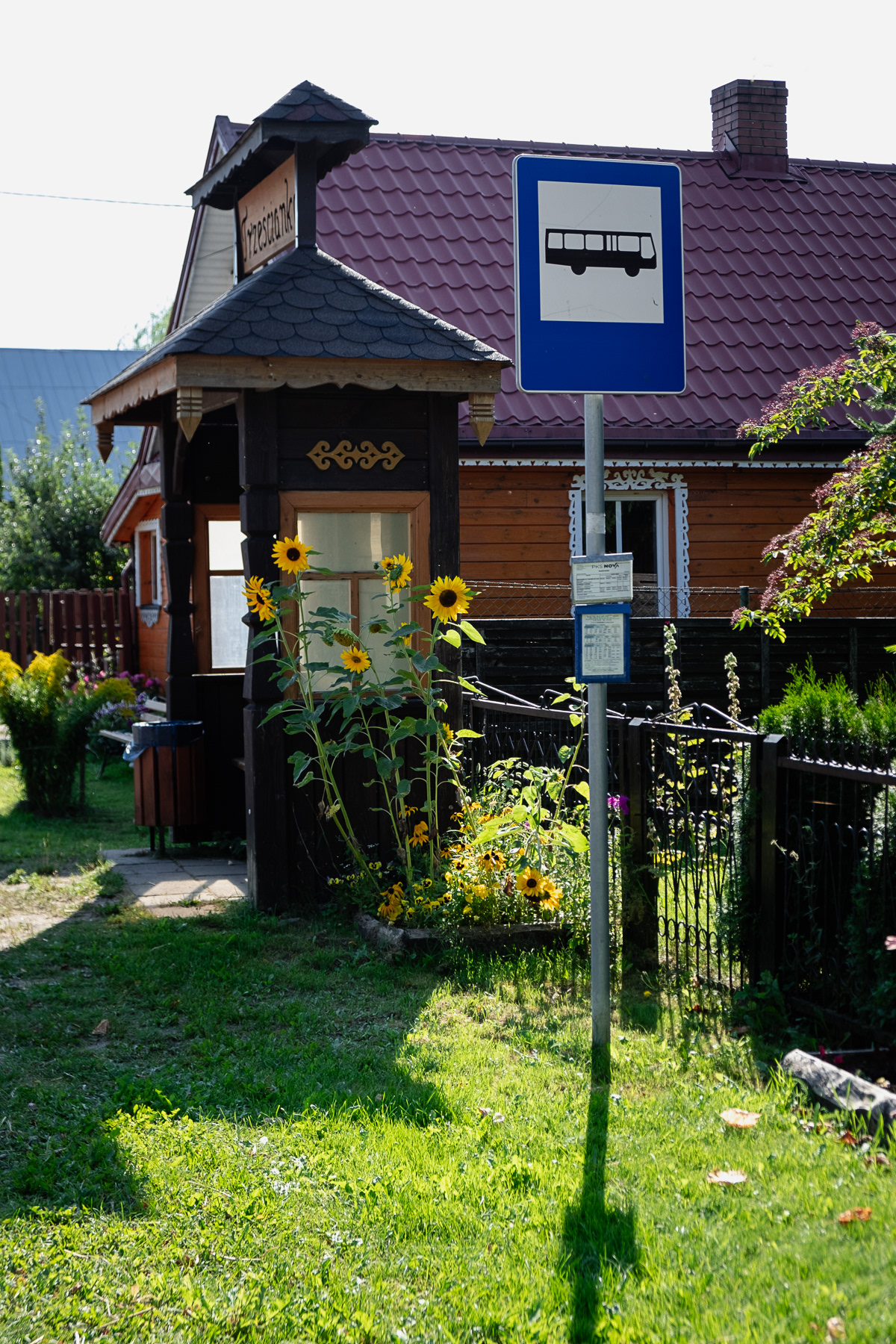Step into the Land of Open Shutters (Kraina Otwartych Okiennic) in Northeast Poland. Three villages - Trześcianka, Soce, Puchły - boast beautifully decorated wooden houses. While the years are showing on many of them, here one can see the rich artistic culture of the Belarusians that once lived here. Although wooden house decorations can be found in some other villages elsewhere in Poland, the type and consistency are rather unique and show a strong Russian architectural folklore. Language experts notice Ukrainian influences in the local dialect, mainly spoken by elderly peopel, illustrating that the borders of Poland as a country have shifted through history.
Villagers of the Narew valley
The main village of the Kraina Otwartych Okiennic is Trześcianka. Formed since the beginning of the 16th Century around a manor house called Trościanica, it served as a stop for the travellers between Lithuania and the royal palaces in Poland of that time. Like many villagers in the Narew valley, the inhabitants of Trześcianka were also forced to move to Russia when the Tsarists forces took control of these lands in 1915. In the next war and after, many of the Orthodox inhabitants in the larger region around these villages were killed while Nazi-German and then Soviet boots roughed up the land between 1939 and 1956.
Orthodox religion in the Land of Open Shutters
These days only a few hundred people live in the villages that have been marketed as the Land of Open Shutters to preserve their heritage. To Poland it is somewhat of an exotic area, where not Catholicism, but Orthodox religion is common. For visitors, this translates in the each village having a beautiful Orthodox temple.
Families of past and present
Some houses, barns, and even the fire station of Trześcianka, have the families of the past decorated on them. People here are friendly, although on the early 2023 Summer morning of this photo shoot life was typically slow.
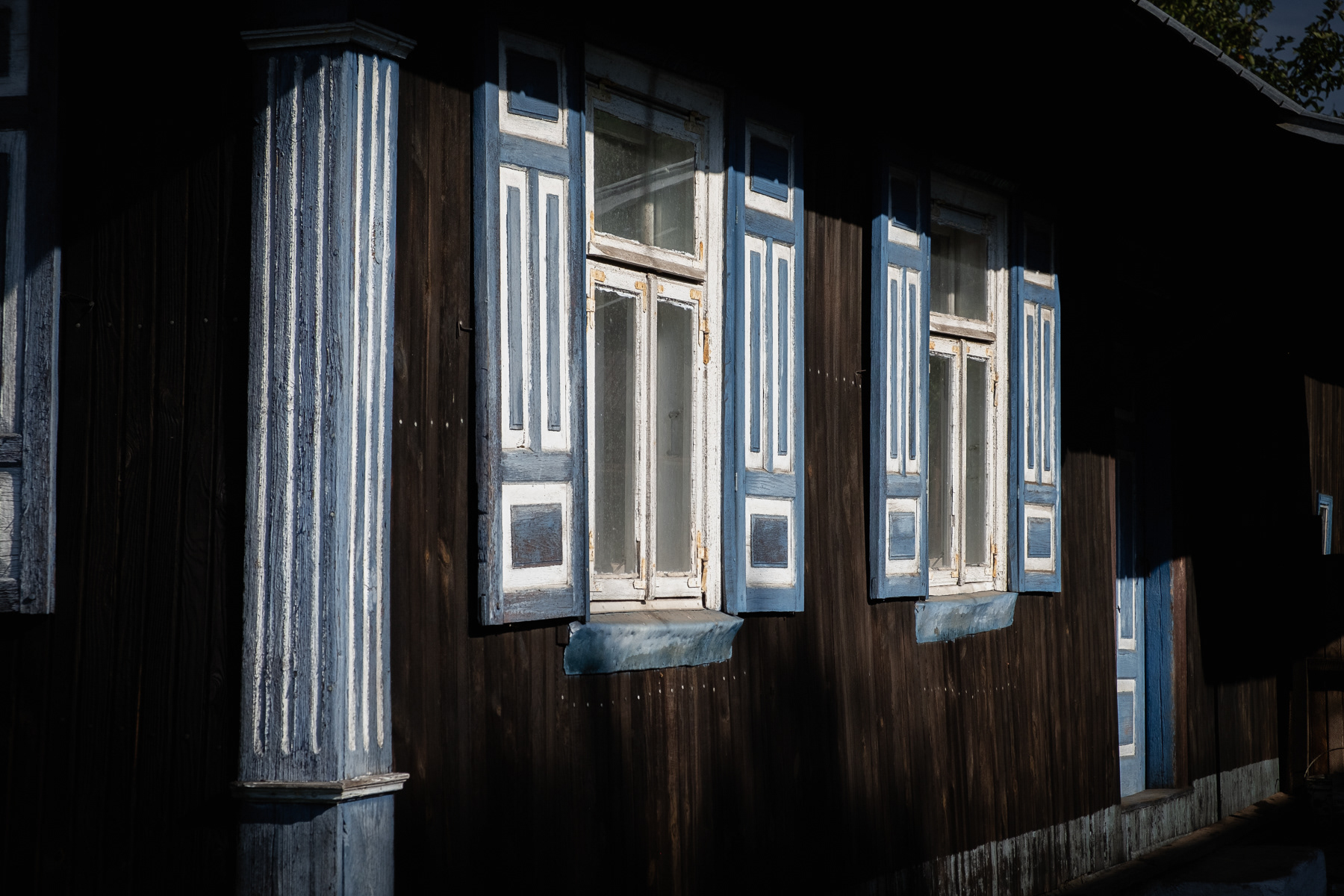
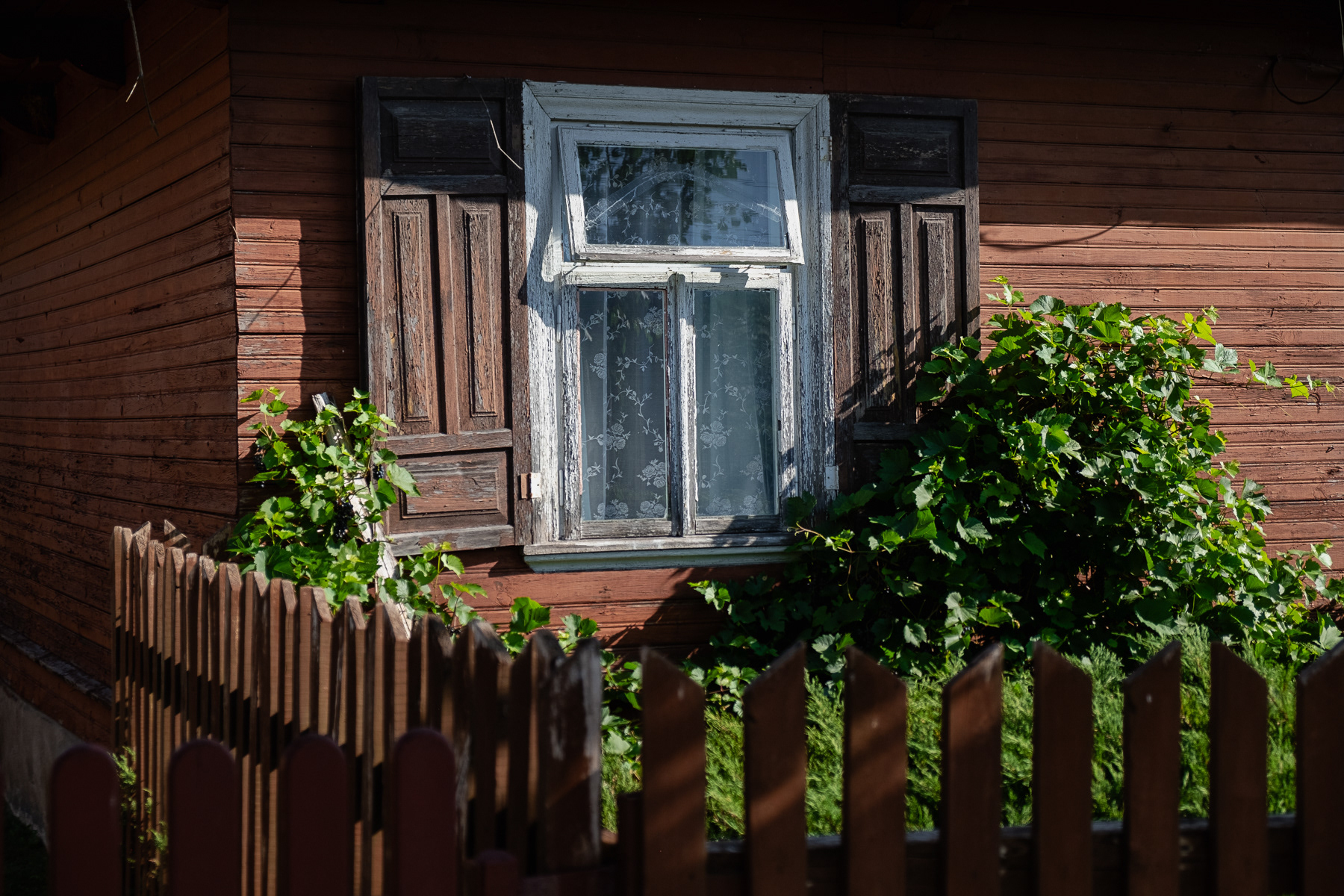



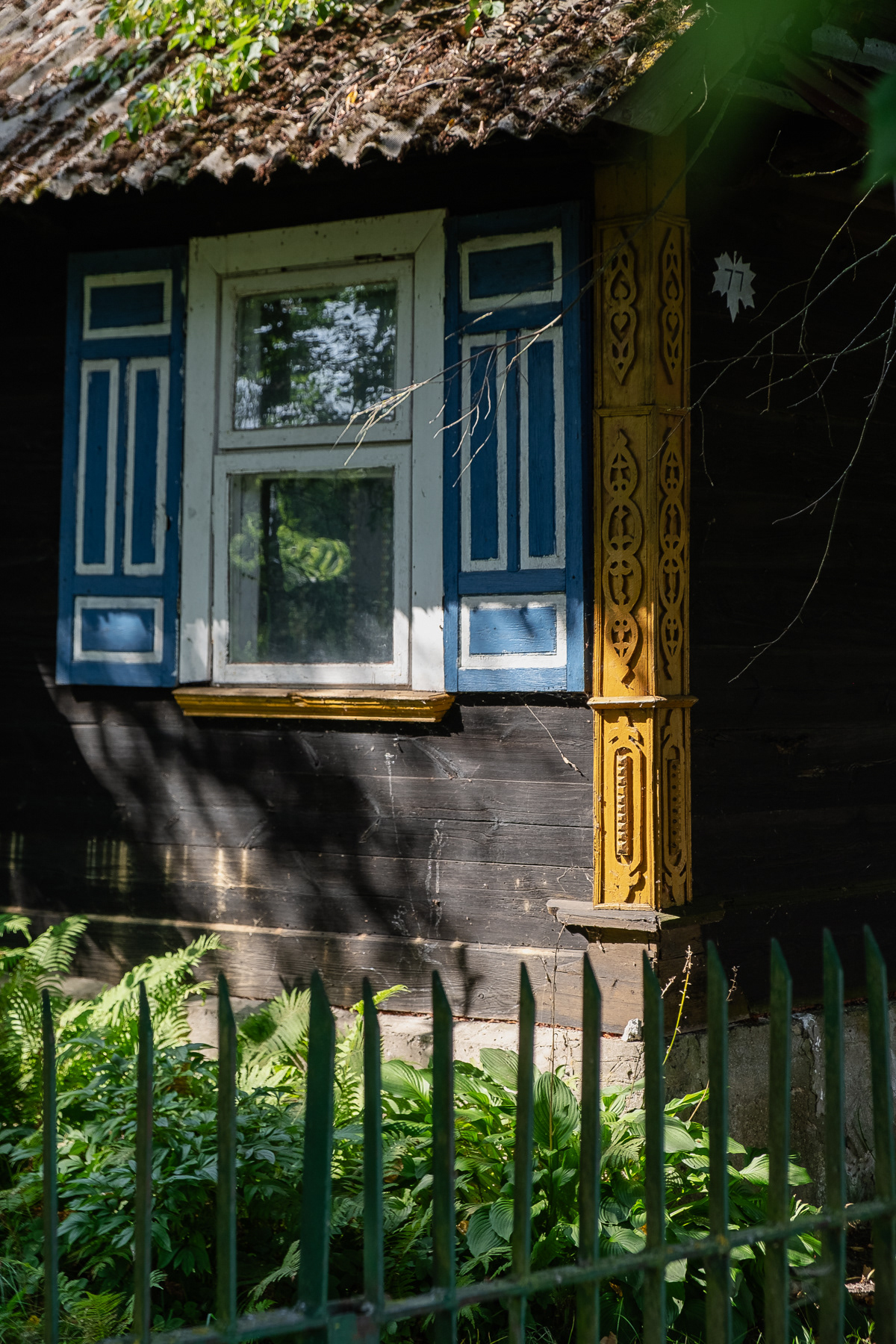
The Orthodox temple of Puchły


_________________________________________________



